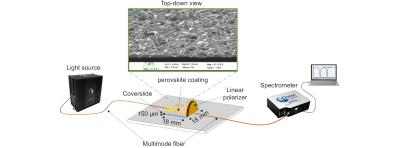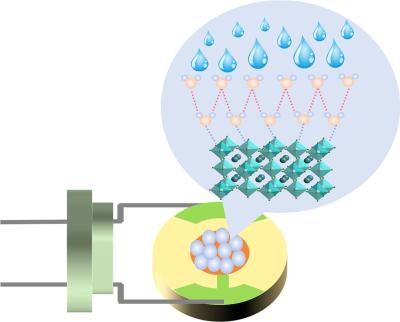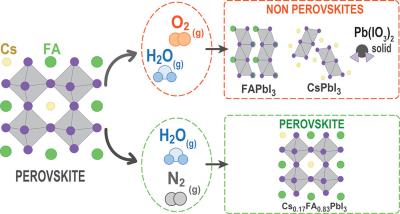Researchers develop unique perovskite nanocatalysts for high-temperature electrochemical energy devices
Researchers at the Korea Institute of Science and Technology (KIST), Korea University, Korea Institute of Science and Technology, Yonsei University and Hyundai Motor Company have reported an infiltration technique that enables in situ synthesis of extremely small, thermally stable perovskite (Sm0.5Sr0.5)CoO3 nanocatalysts on the inner surface of porous SOC electrodes.
The team identified certain impurity phases, such as SrCO3, that cause fatal degradation and eliminated them using a rational complexation strategy optimized for individual constituent cations. Consequently, they fabricated ∼ 20 nm diameter, highly pure, single-phase nanocatalysts that achieved more than double the performance of a cell with standard (La,Sr)(Co,Fe)O3– and (La,Sr)CoO3-based air electrode.




